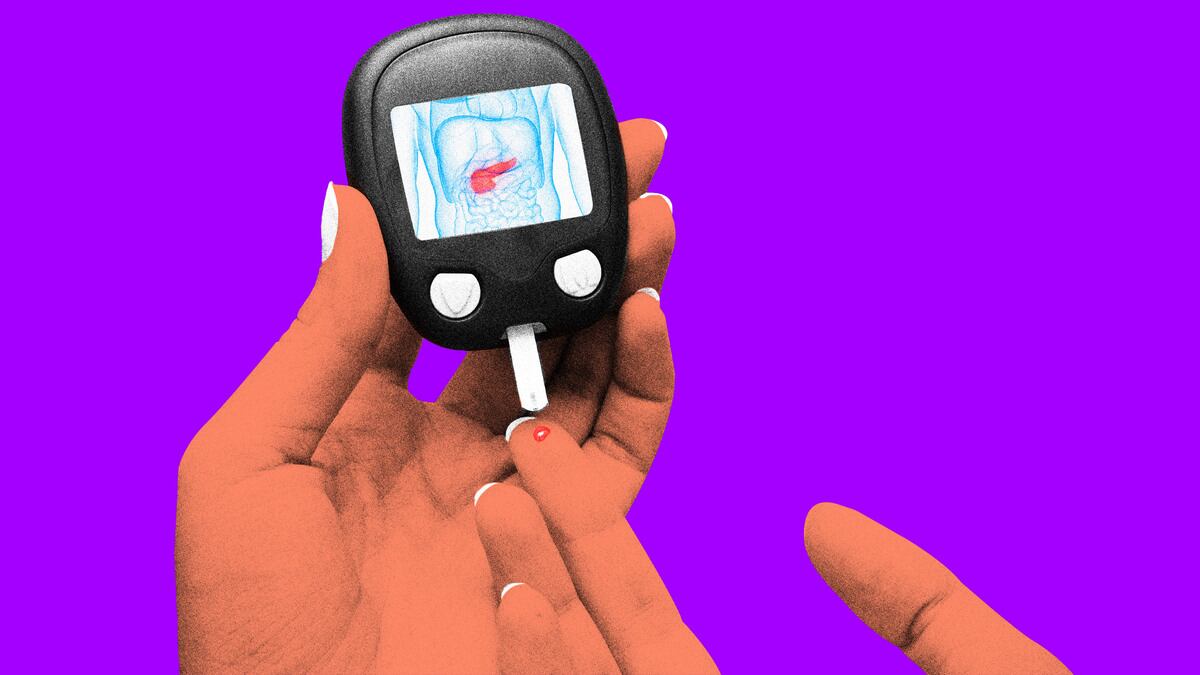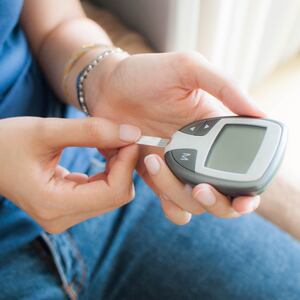For the tens of millions of people in the U.S. living with type 2 diabetes, each day requires a set of chores that include taking pills, testing blood sugar, and injecting insulin. Sometimes life can get in the way, and you could miss a dose—resulting in stress as you keep an even closer eye on your blood sugar levels at best, and a potential trip to the hospital at worse.
That’s why researchers at the University of Cambridge have devised an artificial pancreas that uses AI to automatically inject the correct dose of insulin at the right time. The device even uses tools that can be purchased over the counter, such as a glucose monitor and insulin pump. This means that it’s not only effective at delivering insulin to patients at precise doses and times, but it could also be fairly accessible.
This system is described as “closed-loop,” as it doesn’t require the patient to tell the device when they’re about to eat and, therefore, when to inject insulin. A paper of Cambridge team’s findings was published on Jan. 11 in the journal Nature Medicine.

The artificial pancreas uses over-the-counter devices like an insulin pump along with an app to automatically deliver insulin and regulate blood sugar levels.
Charlotte Boughton“This fully automated, closed-loop system is a safe and much more effective way for people living with type 2 diabetes to manage their glucose levels than current standard treatment with insulin,” Charlotte Boughton, a diabetes researcher at the University of Cambridge who helped lead the study, told The Daily Beast.
While the device uses over-the-counter tools, it’s paired with an app developed by the researchers dubbed CamAPS HX. This software utilizes an algorithm that accurately predicts the amount of insulin needed to maintain the patient’s glucose levels in a target range.
To test the device, the team recruited 26 patients for the study. Half used the artificial pancreas for eight weeks before switching to standard therapy with multiple daily insulin injections. The other half did the standard therapy first before switching to the artificial pancreas.
The researchers found that whenever volunteers used the artificial pancreas, they spent 66 percent of their time within target glucose range, while those using conventional diabetes therapy were in range just 32 percent of the time. “This is equivalent to an additional 8 hours each day and was achieved without increasing the risk of dangerously low glucose levels,” Boughton explained.
Since the system is fully automated, it takes out a lot of the worry of making sure you inject insulin at the correct time each day. It also saves the patients time from needing to fiddle with testing blood sugar levels and physically injecting the insulin. In a followup survey after the study, nearly 90 percent of patients reported spending much less time managing their diabetes in the day.
The researchers now hope to build off of their device and have even submitted it for regulatory approval. “We are planning a much larger multinational study where people with type 2 diabetes will use the system for a longer period,” Boughton said. She added that the device might even lead to a reduced “risk of diabetes complications such as eye disease, kidney disease and amputations,” though that would require a separate set of studies to suss out.
If and when it’s released, it’ll be able to provide comfort for the tens of millions of U.S. adults with type 2 diabetes, which is by far the most common type in the world.







